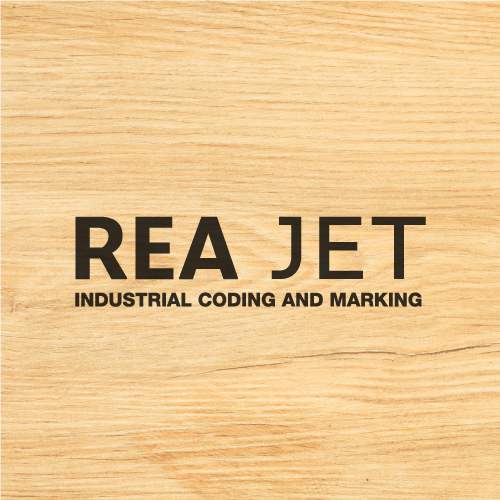
Product Branding and Packaging Concepts
When you walk down the aisle of your favorite store or browse products online, what’s the first thing that grabs your attention?
Is it the colors, the logo, or maybe the quirky design that just seems to speak your language?
That’s what product branding and packaging can do.
Product branding and packaging concepts refer to the strategies and ideas used to create a product’s identity and its physical appearance.
Both of these play a key role in how the product is perceived by consumers.
In Peachtree Hills and the surrounding Atlanta area, where creativity and business meet, it’s important for companies to focus on how their products look and feel to stand out.
By mixing good branding with cool packaging, companies can leave a lasting impression that sticks with their customers.
What is the Relationship Between Branding and Packaging in Marketing?
Branding and packaging are like best friends in marketing.
Branding is all about the identity of a product — its name, logo, design, and the feelings it creates in people.
Packaging is the outside covering of the product that not only protects it but also shows off the brand’s personality.
These two go hand in hand.
Good packaging helps remind people of the brand and what it stands for, which makes them recognize and trust it more.
For example, a luxury brand might use fancy materials and sleek designs to show it’s high-end.
On the other hand, an eco-friendly brand might use recycled materials to show they care about the environment.
In both cases, the packaging is like a messenger, telling people what the brand is all about.
How Do You Create a Unique Packaging Concept for a Product?
Making a unique packaging idea starts with knowing the product, the brand, and the people who will buy it.
The first step is to do some research — look at what other companies are doing, understand what customers like, and find out what’s missing in the market.
This information helps you come up with a packaging idea that looks great, works well, and matches the brand’s style.
Know the Brand:
Start by understanding the brand’s values, mission, and who they want to reach.
This will help you choose the right colors, fonts, and pictures so that the packaging fits the brand’s personality.
Make It Useful:
While it’s important for packaging to look good, it also needs to be practical.
It should protect the product, be easy to open, and follow any rules for the type of product it holds.
For example, food packaging should keep the food fresh, while electronics might need strong, secure packaging.
Think Outside the Box:
Being creative with packaging can help a product stand out.
This could mean using eco-friendly materials, making a fun shape, or adding something interactive that makes the customer’s experience better.
For instance, packaging that can be reused adds extra value and shows that the brand cares about being green.
Test it Out:
Before deciding on the final design, it’s a good idea to test it with a group of customers.
Their feedback can tell you if the packaging works well and if it sends the right message about the brand.
You can then make changes to improve the design based on what you learn.
What Are the Key Elements of Effective Product Branding?
Good product branding is built on several key elements that work together to make a strong and memorable brand.
These elements help shape how people see and interact with a brand.
Be Consistent:
It’s important to keep things the same across all brand materials.
This includes the logo, colors, fonts, and the way the brand talks to people.
Keeping things consistent helps people recognize and trust the brand.
For example, if a brand uses the same colors and logo on its website, social media, and packaging, it’s easier for people to remember and identify the product.
Connect with Emotions:
Successful branding makes people feel something and builds a connection.
Whether it’s the nostalgia of a classic brand or the excitement of a new product, emotions can make people loyal to a brand and influence their buying choices.
Stand Out:
This can be done with unique messaging, innovative products, or special packaging.
For example, a brand that focuses on being eco-friendly can stand out in a market full of ordinary, mass-produced items.
Keep It Simple and Clear:
Clear and simple branding lets people know what the product is about quickly.
Consumers should understand what the brand stands for and what the product offers at a glance.
If branding is too complicated, it can confuse people and make the brand message unclear.
Be Flexible:
While it’s good to be consistent, brands also need to be flexible to stay up to date with changes in the market.
This might mean updating the brand’s look, launching new products, or using new ways to connect with customers.
Flexible brands can grow with their audience while staying true to their core identity.
At the End of the Day
By focusing on creativity, being efficient, and communicating clearly, you could create great branding and packaging concepts that both catch attention and build strong relationships with their customers.
The concept of brand loyalty is also vital here.
When customers trust a brand and feel connected to it, they’re more likely to stick around and choose that brand over others.
This loyalty adds to the brand value, making the brand even more powerful and successful.






